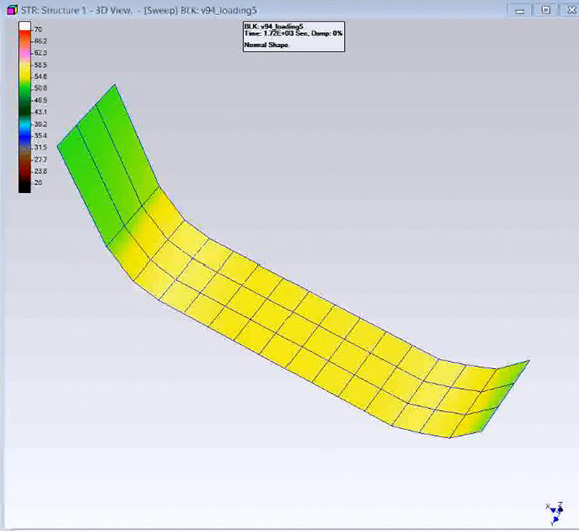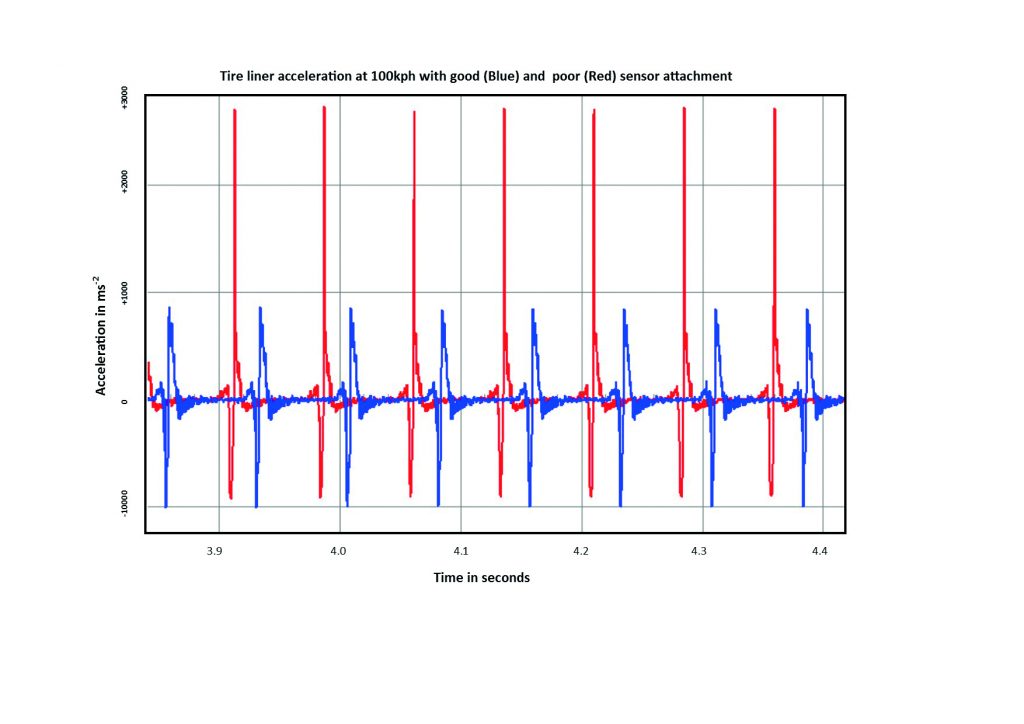Tire development increasingly uses analytic modeling tools to evaluate choices and guide a program. Here, modeling and simulation specialist Bay Systems explains the importance of verification in this process.
Models generate predictions where accuracy rests upon the quality of the model and the accuracy of the input data. Before a model can be used to develop a product the model itself must be developed and validated. The validation and updating of a model is completed using test results obtained from production tires, ideally running on real road surfaces. Once the model has been validated against a series of production tires it is fit for use in new product development.
Modeled predictions will always diverge from operational reality at some point due to an incomplete understanding of the system. For example: how materials properties change with age, how the product is really built, or how it is being used on a day to day basis.
Carefully designed and executed testing at each stage of model development will provide the essential feedback and improve prediction accuracy. To complete this virtuous circle the test data must capture the factors that govern performance for real rather than idealized operating conditions. If measurements are difficult to make the temptation is to measure a related parameter and apply some offset compensation, often based on engineering judgement. This amounts to using a model, of some kind, to correct another model. This is at best a dubious proposition and once embarked upon encourages further use of ‘Fudge Factors’.
In our research into the mechanisms affecting tire noise, vibration and energy dissipation the first obstacle was the lack of sensors that directly measured the parameters of interest. We therefore developed the Tyre Cavity Microphone (TCM), Accelerometer (TCA) and Thermometer (TCT), enabling accurate data to be acquired for tires running in the laboratory and on the test track. We wanted to understand the differences between measurements made in the laboratory, test track and public road. If these differences could be quantified and understood, then some laboratory-based measurements might be usable in the updating process. Laboratory measurements were acknowledged to be more reproducible and easier to make but these advantages are of little use if the data diverges from reality.

The Tyre Cavity module sensor systems were developed primarily for the test cell with the capability to be used on the test track and highway, legislation permitting. Accuracy was established through careful design and calibration over the full operating range; re-calibration is performed before delivery, as a final check. The TCA development revealed the sensitivity of acceleration data to the accelerometer/tire liner attachment technique, the optimal attachment was found and the improvement in the recorded signal is shown in Figure 1 (top).
During the TCT development, the expected correlation between rolling resistance measurements and the tire liner temperature was observed. However, for a very energy-efficient tire the temperature profile was uniform across the crown and around the tire shoulders. This tire was not the coolest running tire that we measured but it was the most efficient by a wide margin. We concluded that achieving a low average temperature in a tire carcass would not necessarily result in a very low energy dissipation particularly if the temperature profile was uneven, see Figure 2 (below). This result implies that achieving a uniform stress over crown, shoulder and upper sidewall will deliver a low rate of energy dissipation.
Since the early work in 2010, the TCM, TCA and TCT sensor systems have been used by more than 20 tire and vehicle companies and are available for sale and lease for Bay Systems.



